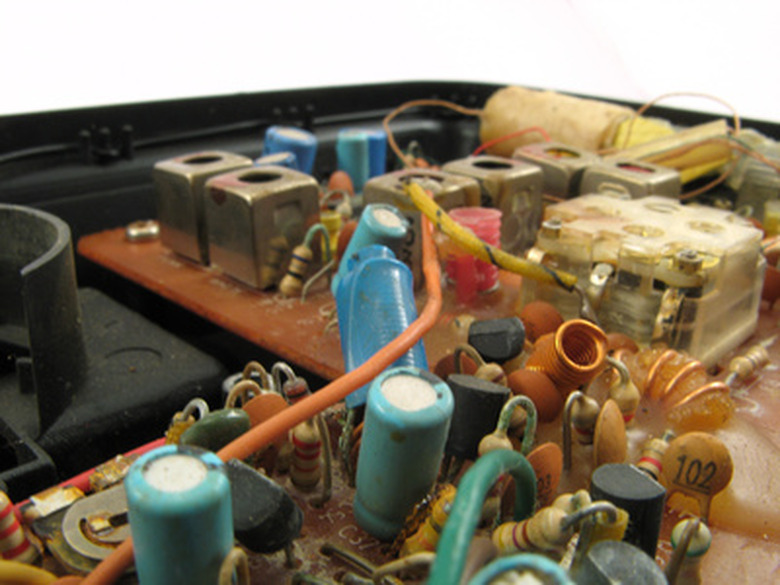On-Going Research Topics In Electronics Engineering
The field of electronics engineering is a vast and ever-evolving one with research being conducted into a wide variety of topics. The field of electronic engineering is of vital importance to computers, cellphones, programming and even the stock market. A lot of money is being poured into both applied research and development and more esoteric ideas that could revolutionize electronic engineering.
Nanometer Wavelength Printing
Nanometer Wavelength Printing
Electronic circuits are "printed" by exposing silicon wafers to ultraviolet light and etching the circuit design into the silicon surface. The complexity of the chips is limited by how small the wavelengths of the light are; in a real-world analogy, you cannot draw a finer line then the thickness of your pen tip. There is research into using different combinations of lenses and electromagnetic spectrum emissions to etch at even smaller nanometer resolutions. However, there may be a limit to this process if the wires are printed too close to each other; the magnetic fields of the electrons themselves could interact with each other and slow each other down.
Liquid Cooling
Liquid Cooling
Liquid cooling is well understood when it comes to mechanical applications — your car engine, for example — but cooling circuits with liquids is still being researched. At the time of publication, only high-end computers use liquid cooling and even then there is a risk of leaks and damage to the circuits. Research is being conducted into nonconductive coolants and leakproof heat exchanges. Laptop applications are also being researched as laptop computers grow in power to rival desktops.
Photonics
Photonics
Photonics is the science of using light, primarily lasers, to transmit information and data. Fiber optic Internet connections are a example of this technology already being used in the real world. In the field of electronics, there is a push to use photonics to replace circuits, with lasers taking the place of electrons and circuits being made of fiber optic wires and mirrors. The benefit of this design is that there is very little heat, and programming needs only minor adaption, since a photonics circuit can operate the same as an electrical circuit.
Quantum Computing
Quantum Computing
The cutting edge of electronics engineering is quantum computing, which is incredibly complex but could allow for actual artificial intelligences. Quantum computing uses quantum particles instead of binary bits. The difference is that quantum particles can be used to run trinary programs. Quantum particles can have three polarities: up, down and "maybe." Until a quantum particle is observed, it can have either polarity depending on its entanglement with another quantum particle.
Cite This Article
MLA
Birdman, Harvey. "On-Going Research Topics In Electronics Engineering" sciencing.com, https://www.sciencing.com/ongoing-research-topics-electronics-engineering-4136/. 24 April 2017.
APA
Birdman, Harvey. (2017, April 24). On-Going Research Topics In Electronics Engineering. sciencing.com. Retrieved from https://www.sciencing.com/ongoing-research-topics-electronics-engineering-4136/
Chicago
Birdman, Harvey. On-Going Research Topics In Electronics Engineering last modified March 24, 2022. https://www.sciencing.com/ongoing-research-topics-electronics-engineering-4136/
